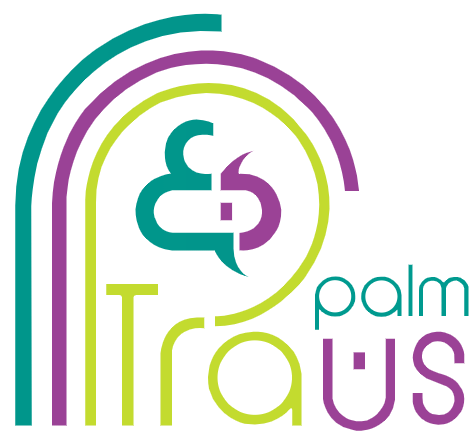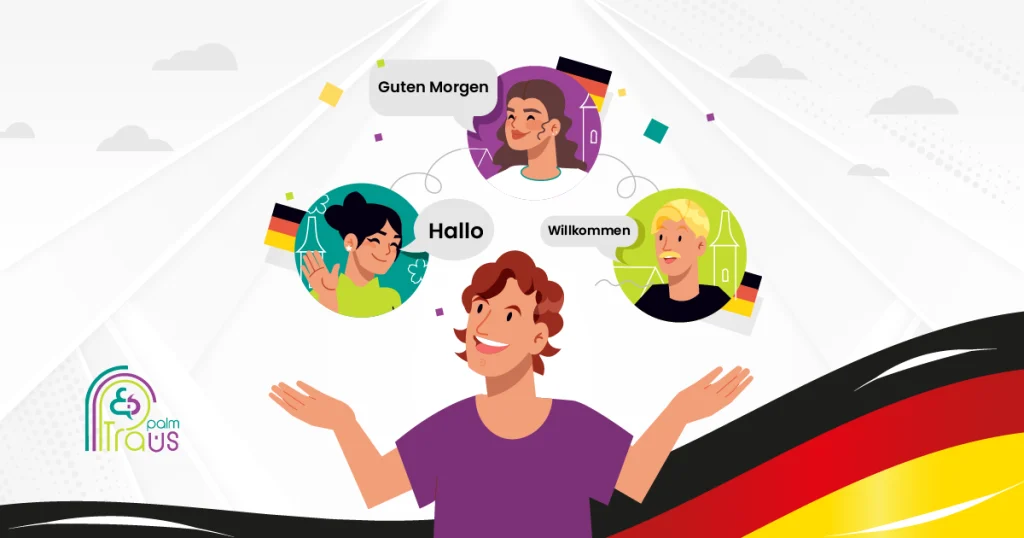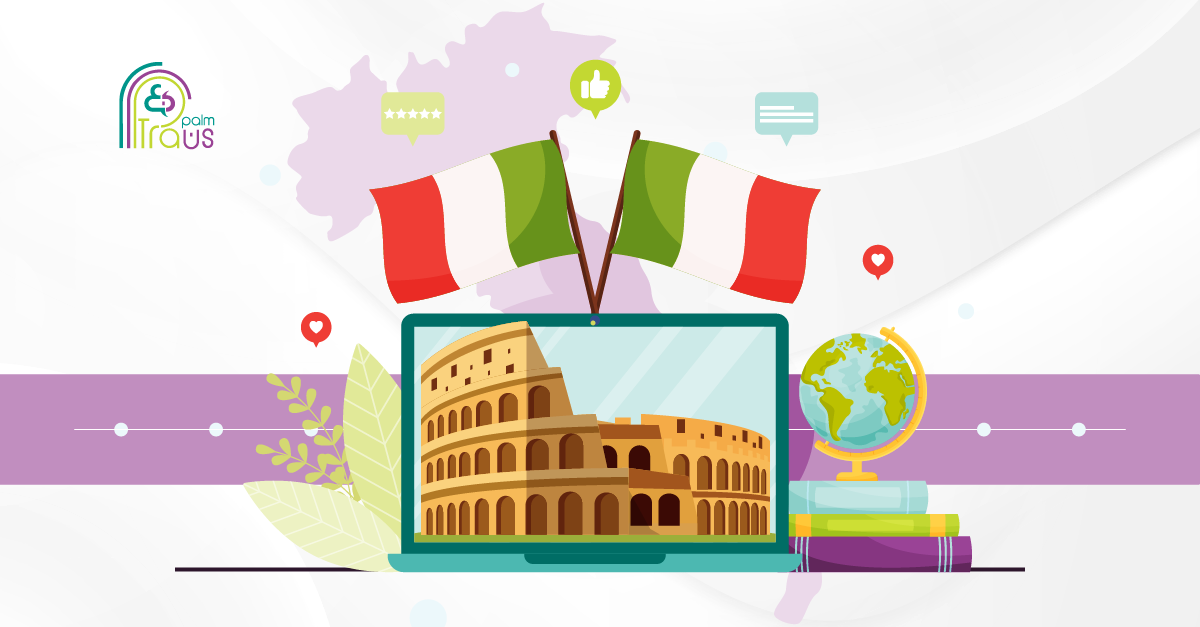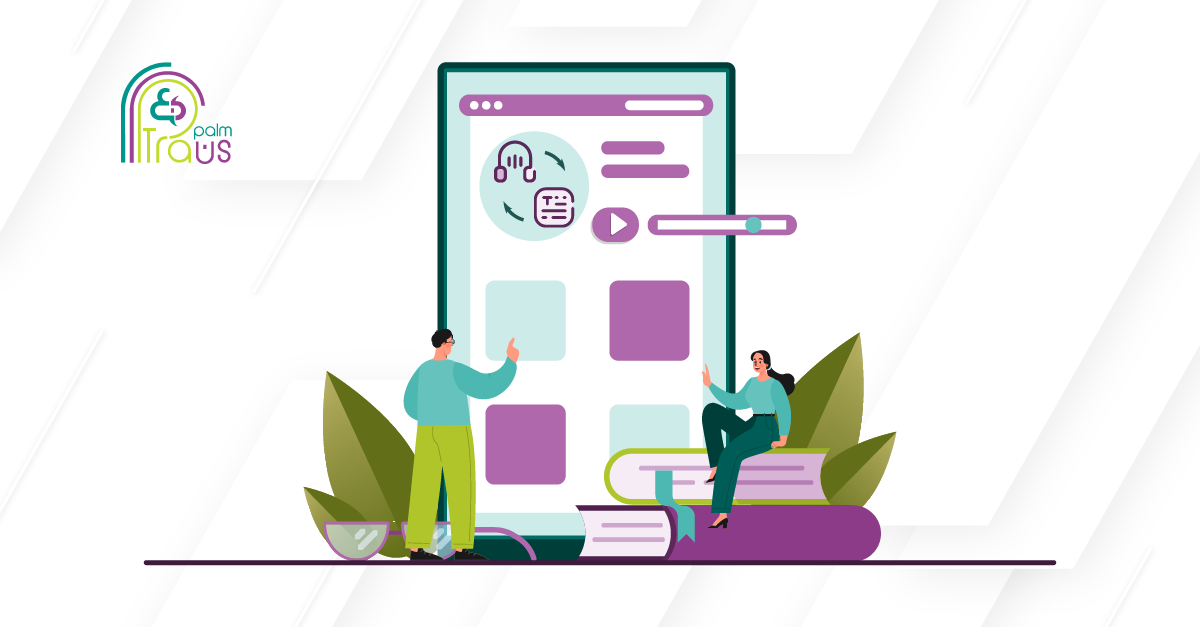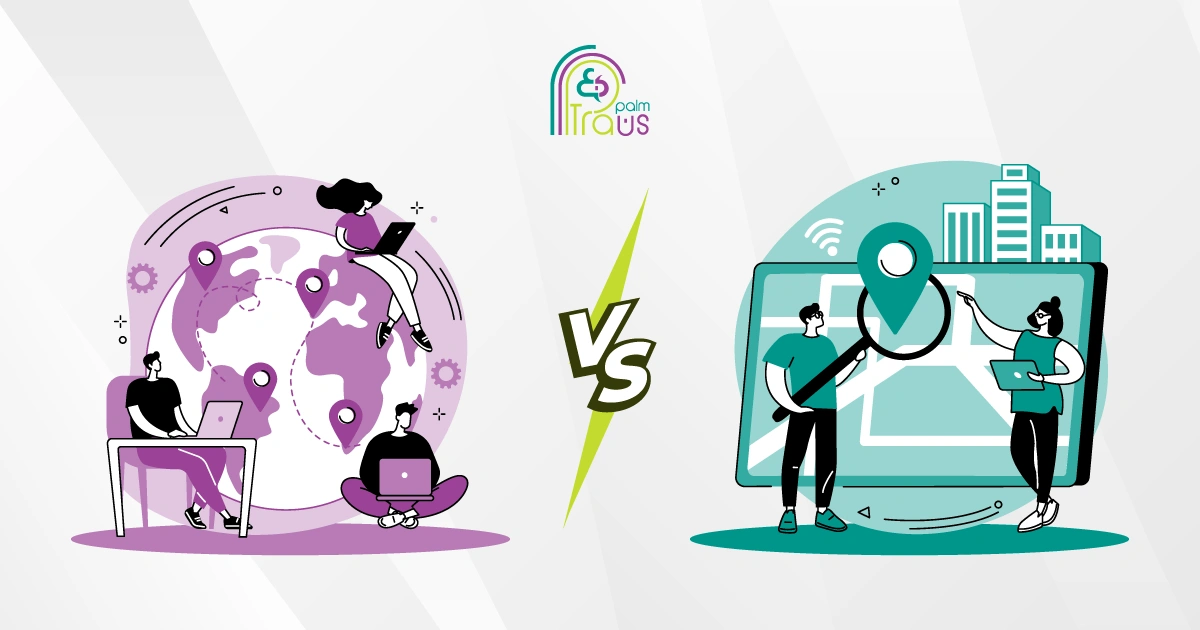When you think about Germany, what’s the first thing that pops into your mind? Maybe it’s iconic automotive brands like BMW and Mercedes.
Some might think of Germany’s national football team, as one of the most successful in international competitions, with four FIFA World Cups.
It’s also the homeland of Albert Einstein, Hugo Boss, and Beethoven, who have left their footprint on the world.
But did you know that Germany is also a melting pot of multilingualism? Just keep reading to find out more about all the fascinating languages spoken in Germany and understand how to thrive in the German-speaking market.
German: The Official Language of Germany
Standard German, also known as Hochdeutsch, is an official language spoken by 95% of its citizens and one of the most widely spoken native languages in the European Union (EU).
Standard German evolved over a long period of time, with roots dating back to the 8th century, and belongs to the West Germanic language group. But why should companies operating in Germany invest in German language skills?
Simply, the language serves as a primary means of communication in areas like media, business, education, and government. Understanding this language helps brands connect with the local community and gain valuable insights to better enter the market with ease.
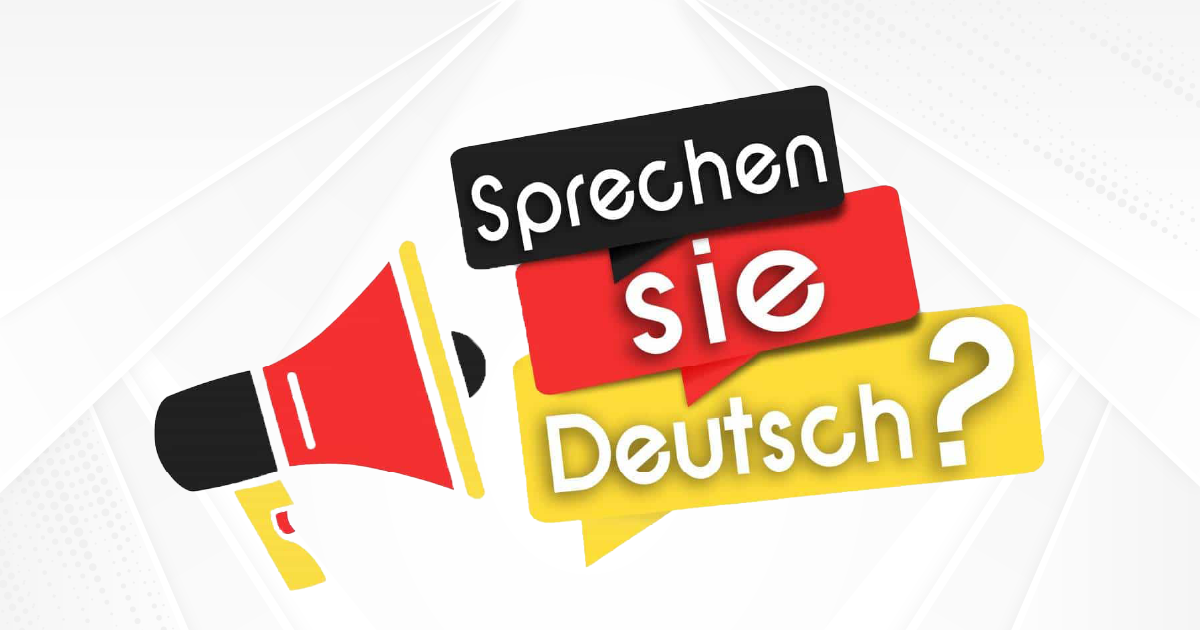
German Dialects: A Diverse Linguistic Landscape
Believe it or not, German has many regional dialects, each with unique linguistic properties. Perhaps you might be asking yourself, how many dialects does the German language have?
In general, German dialects are divided into three main groups: High German, Low German, and Central German.
Each of these main categories includes several regional dialects. Therefore, it’s difficult to define the exact number of dialects in total.
But here are some of the most popular German dialects, including:
- Saxon
- Swabian
- Bavarian
- Franconia
- Alemannic
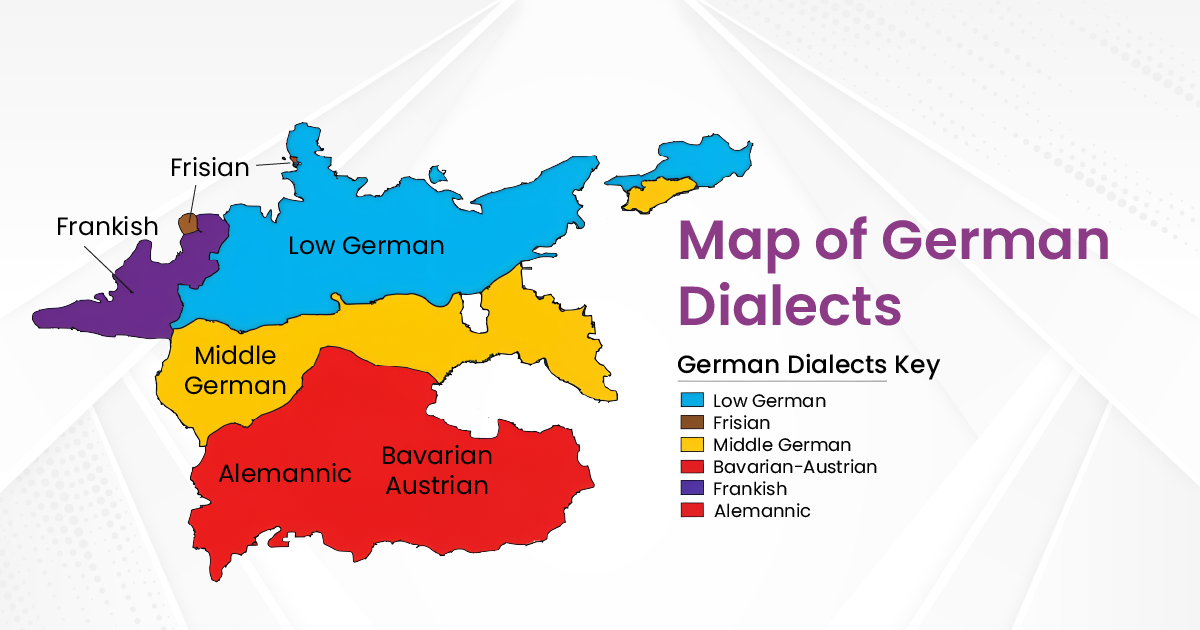
Minority Languages in Germany
Germany is home to several minority languages spoken by different ethnic communities. Even though the population speaking these languages is relatively few, they are integral to the country’s local tradition, unique identity, and diverse cultural heritage. Here are key minority languages:
- Low German
It is a West Germanic language spoken majorly in northern Germany, also known as Plattdeutsch. While its use has declined over the years, it still reflects the region’s cultural identity.
- Sorbian
It belongs to the West Slavic group of languages with two main dialects: Upper Sorbian and Lower Sorbian. It is a widely spoken language in Saxony and Brandenburg, specifically in the Lusatian region of southeastern Germany.
- Frisian
It falls under the West Germanic language group. Frisian is still spoken by a small community in North Frisian, especially in Schleswig-Holstein, preserving the region’s historical heritage.
- Danish
In the northernmost parts of Germany, near the Denmark border, Danish is a widely spoken language by a minority, particularly in Schleswig-Holstein, reflecting the region’s cultural, linguistic, and historical legacy.
- Romani
Rooted in Indo-Aryan origins, it persists within certain communities in Germany, reflecting the heritage of the Romani people and contributing to the country’s multicultural fabric.
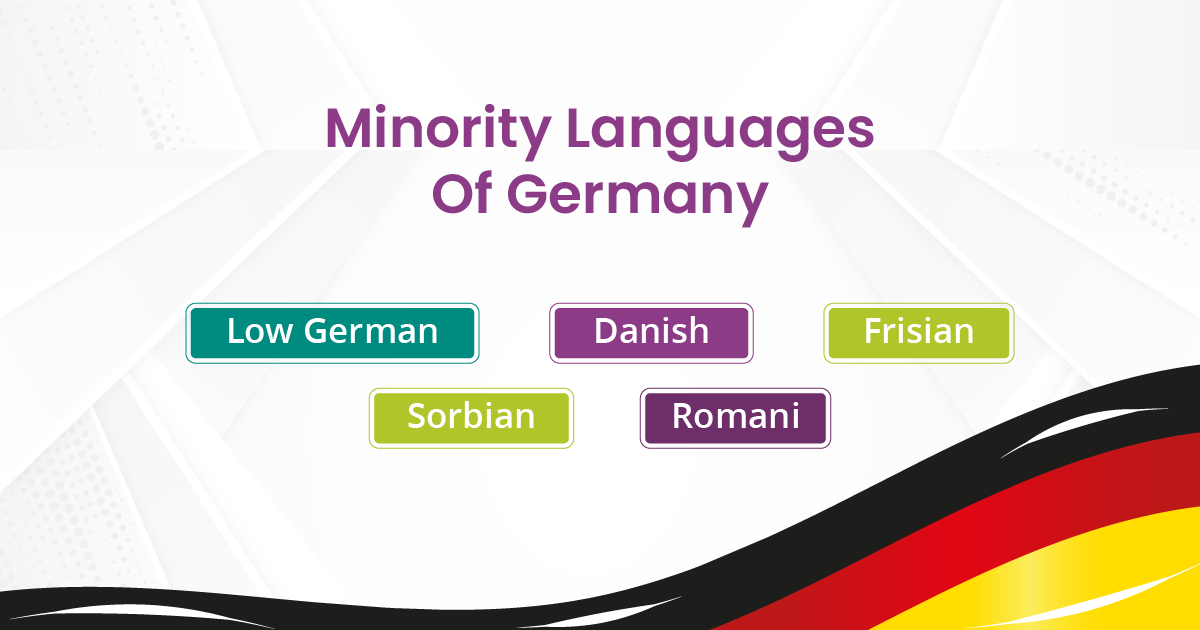
Considering minority languages in localized marketing campaigns enables businesses to expand globally, connect with niche markets, enhance brand reputation, promote cultural sensitivity, and build strong customer relationships.
Immigrant Languages in Germany
Germany is a place where many cultures meet, making it the second country in the world with the most refugees and immigrants. As a result, this immigration has significantly shaped the linguistic landscape of many regions within the country.
For instance, Polish, Kurdish, Turkish, Russian, and Balkans languages are Germany’s most spoken immigrant languages. This linguistic diversity reflects the multicultural nature of German society.
Taking these immigrant languages and demographics into account is valuable for businesses developing marketing and communication strategies that are culturally relevant and effectively reach these communities.
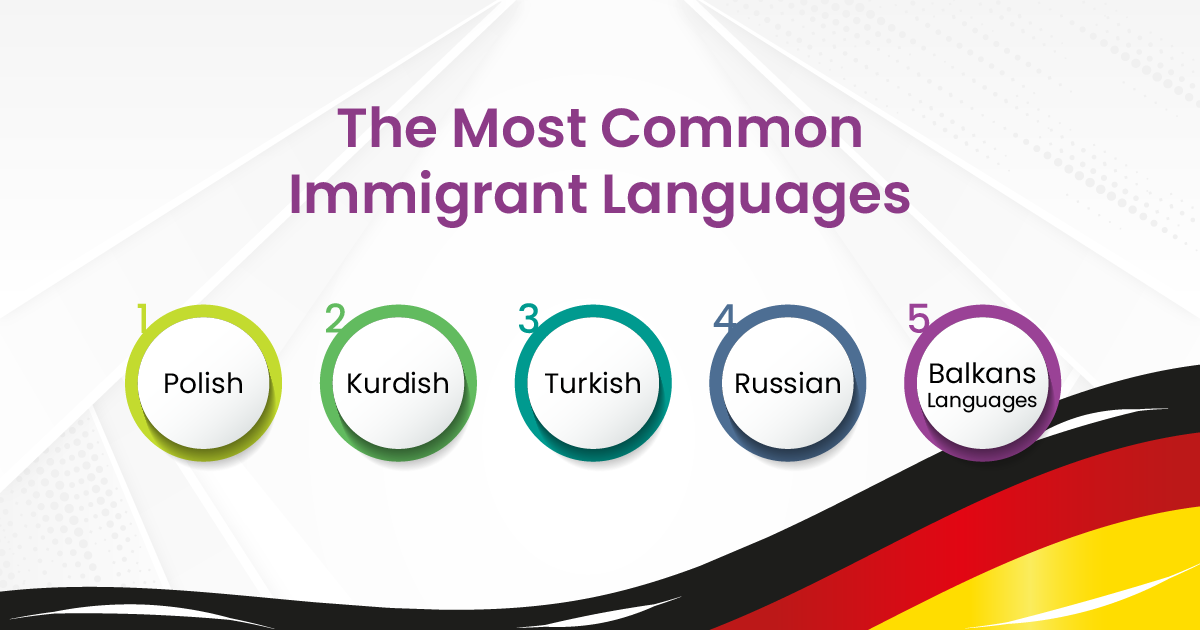
The Four Foreign Languages Spoken in Germany
Germany is a multilingual society, with a long history of different languages spoken. A significant number of Germans speak at least one foreign language.
English, in particular, is the second most widely spoken language, with about 56% of the population speaking it.
Adding to this, it is taught in schools as a second language to young people, and many Germans are English native speakers.
Due to the strong bilateral ties between Germany and France, the language is commonly spoken and taught to about 15% of the population, making French Translation Services critical for businesses looking to resonate with this demographic.
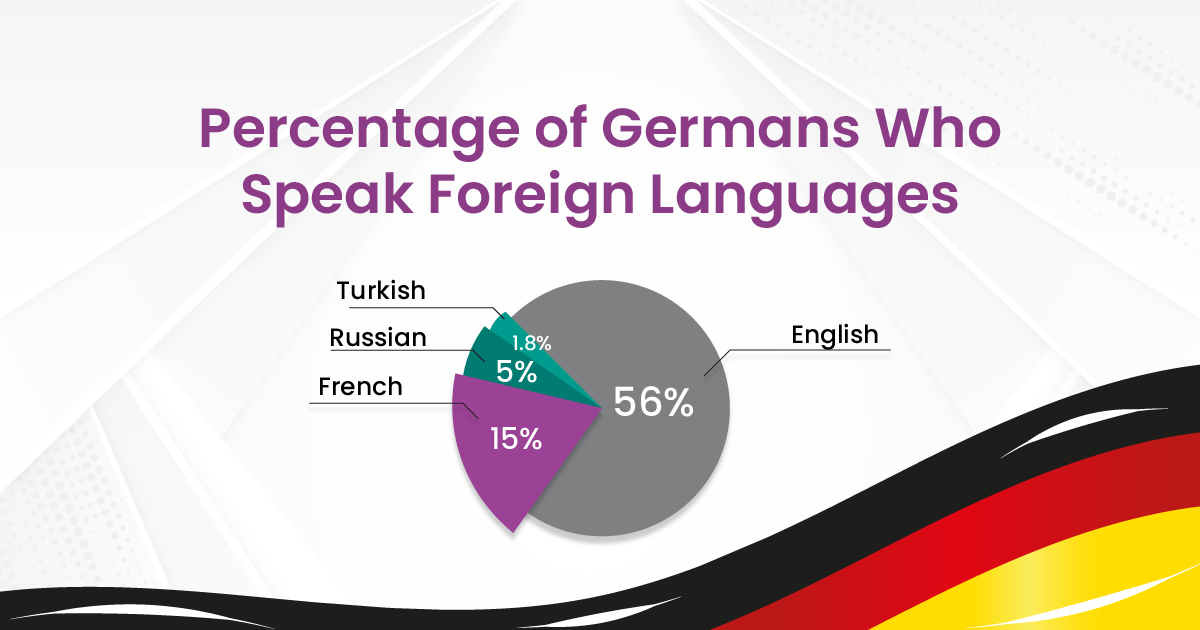
Likewise, Germany signed a bilateral labor migration agreement “Gastarbeiter” (guest worker), with Turkey to fill the gap in industries and address the labor shortage caused by the economic boom in 1961, especially after World War II.
Over time, many Turks workers settled in Germany, and their families joined them as well, contributing to Turkish being spoken by 1.8% of the population. In this case, businesses require professional Turkish Translation Services to connect effectively with this group.
After the collapse of the Soviet Union in 1991, a large influx of Russian immigrants settled in Germany, with approximately 5% of the population speaking Russian.
Practical Implications for Businesses Entering the German Market
While English has long been the official language in the business, companies must fully embrace translating and localizing their content into German.
Understanding local customers’ needs, values, regional dialects, and linguistic nuances enable brands to build a deeper connection and create culturally relevant marketing materials.
Before launching your marketing campaign, partner with a professional language service agency that understands key aspects of the German language and cultural intricacies.

Reliable translation services companies provide certified translators, with a deep knowledge of cultural differences inherent in each region.
Building on this, they consider regional dialects when localizing content because what works in one region might not work in another.
For example, Northern Germans prefer a standard German tone, while Bavarians expect content reflecting their dialect.
Translating your content isn’t enough, so they adapt your content to align with local norms, values, beliefs, customs, and traditions.
For instance, Germans prefer clear, direct, and informative messages over exaggerated gimmicks. They also focus on sustainability, product quality, and value for money in their marketing strategies.
Your Journey into the German Market Starts with TransPalm
As you’ve seen, there are plenty of German languages and dialects. By collaborating with TransPalm, we provide high-quality German translation services to foster better relationships with the local community.
Contact us today to learn how we can help your business expand into the German market.
